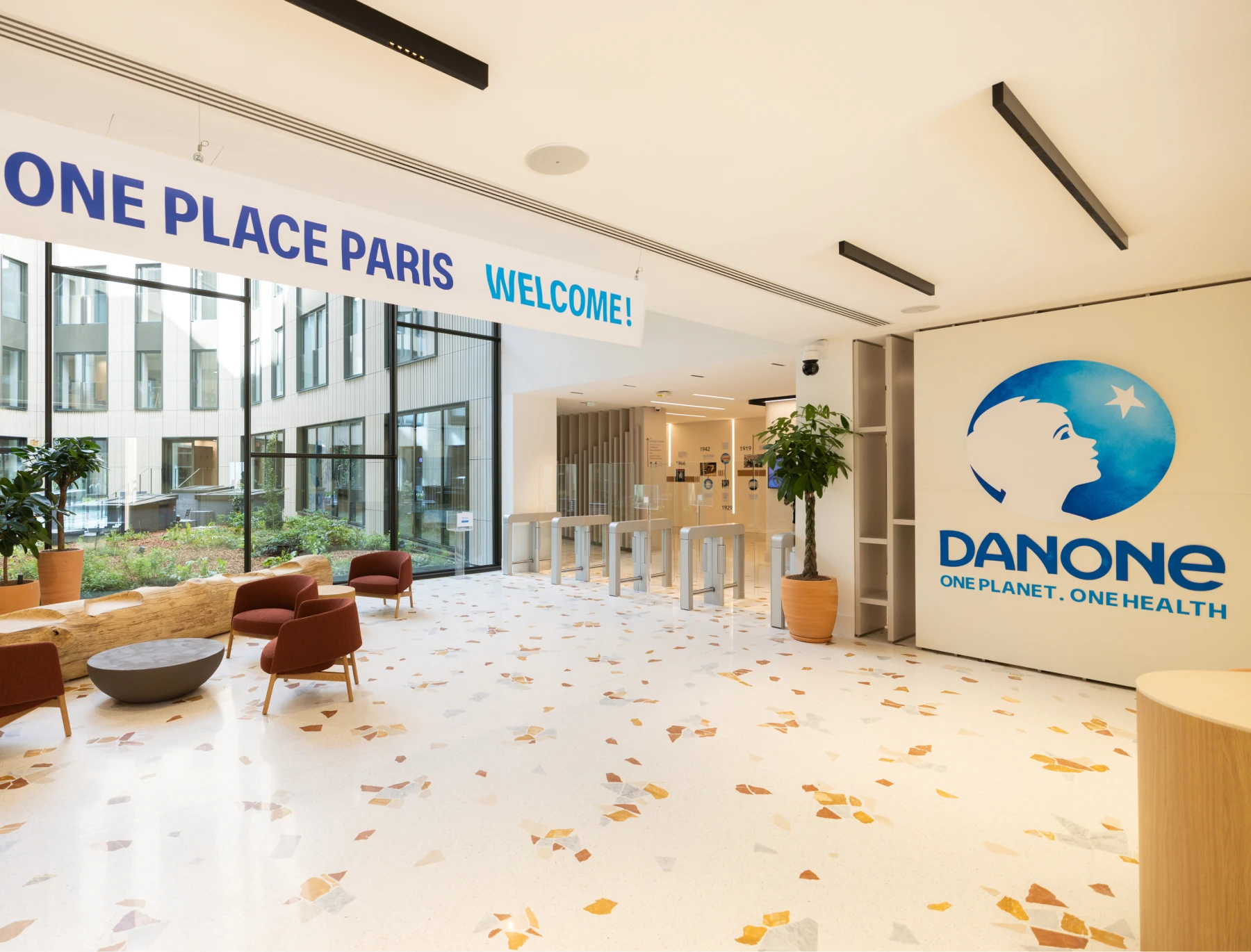
Ankorstore improves demand forecasting accuracy by 20% with Pigment & Planadigm


.webp)


“I've never seen an implementation project of a planning system going that well, being rolled out on time and adopted internally so quickly!"

.webp)
At a glance
- The Ankorstore fulfillment team chose to implement Pigment thanks to its robust architecture, Google BigQuery connector, cost-effectiveness, and its capability to allow collaboration with other areas of the business.
- In just a few months, they saw a 20 to 25% improvement in forecast accuracy.
- Demand and Supply Planners (also called Inventory Managers at Ankorstore) reduced the time spent creating fulfillment recommendations to retailers by 33%.
- Implementation, managed by Pigment partner Planadigm, took less than 5 months, and saw the Ankorstore team ramp-up and adopt the tool in a matter of weeks.
Operational challenges in inventory management
Ankorstore is a wholesaler offering a product catalog of over 30,000 European brands to retailers who want to offer their customers a differentiated shopping experience and new products.
Managing this catalog is a significant and growing challenge for Ankorstore's logistics and fulfillment team. With the need to provide reliable replenishment recommendations on a monthly (sometimes even weekly) basis to their brands in order to optimize inventory and prevent shortages, the team relied on a manual process built on Google Sheets.
This process proved to be time-consuming, inefficient and wasn’t scalable, with limitations in terms of forecast accuracy, and an inability to take into account seasonality or promotional events organized by Ankorstore such as for Valentine’s Day. The need to upgrade became increasingly apparent and led to the search for a better planning tool.
A smooth implementation through partner Planadigm
Once the decision to move forward with Pigment was made, the transition was facilitated by Planadigm, a partner specialized in supply chain planning processes. Planadigm provided technical and supply planning expertise, assisted in implementing the tool and building forecasting models, and helped the Ankorstore team learn to build and deploy the tool. The implementation process spanned from January to April, followed by deployment and end-user training in May.
Results post-implementation
Several benefits were quickly realized. Ankorstore saw a significant improvement in forecast accuracy of over 20%, and the time it took for inventory managers to create replenishment recommendations shrank by 33%.
.webp)
The team also likes that Pigment can handle large micro-level calculations with ease, a critical requirement when dealing with an extensive list of SKUs.
The end-user feedback was very positive, with particular appreciation for the modern look of the tool, the ability to select a date via a calendar, the alerts and workflow automations, as well as the ever-growing options to personalize the different dashboards according to user preferences. Inventory managers adopted the tool in less than a month and now use it on a daily basis.
Overall, the improvements in forecast accuracy and building a more scalable and robust process will allow Ankorstore to serve more brands and retailers, and ultimately keep growing.
But it doesn't stop there. The team plans to improve brands' trust in the inventory recommendations by enhancing forecast accuracy, keenly watching two KPIs – forecast accuracy and replenishment adherence.
The future of demand forecasting
Ankorstore’s vision extends much further into the future as they seek to continue automating processes, specifically in sending replenishment recommendations by connecting Pigment into the company's back office system to automate this crucial step in the process, instead of having to send emails manually.
The next use of Pigment will be for incorporating packaging materials into their plans, being able to create a bill of materials and handle material requirements planning.
Moreover, testing and using machine learning forecasting is on the cards as well as exploring how AI can improve models. They strongly believe that the future of forecasting will likely be driven by machine learning to encompass all variables.
The Ankorstore logistics team aims to continue translating end user requirements into new functionalities and believes in the transformative power of Pigment in connecting demand planning changes onto financial forecasts.
In conclusion
Ankorstore's transition from a manual demand forecasting process to a streamlined, digitized one with Pigment demonstrates the power of technology and the strength of effective partnerships.
The improvement in forecast accuracy and inventory replenishment adherence will allow them to build trust with their brands and retailers and support their growth. Key modelers are autonomous and able to maintain and evolve their model every day.
Read more on how Ankorstore uses Pigment for FP&A here.





